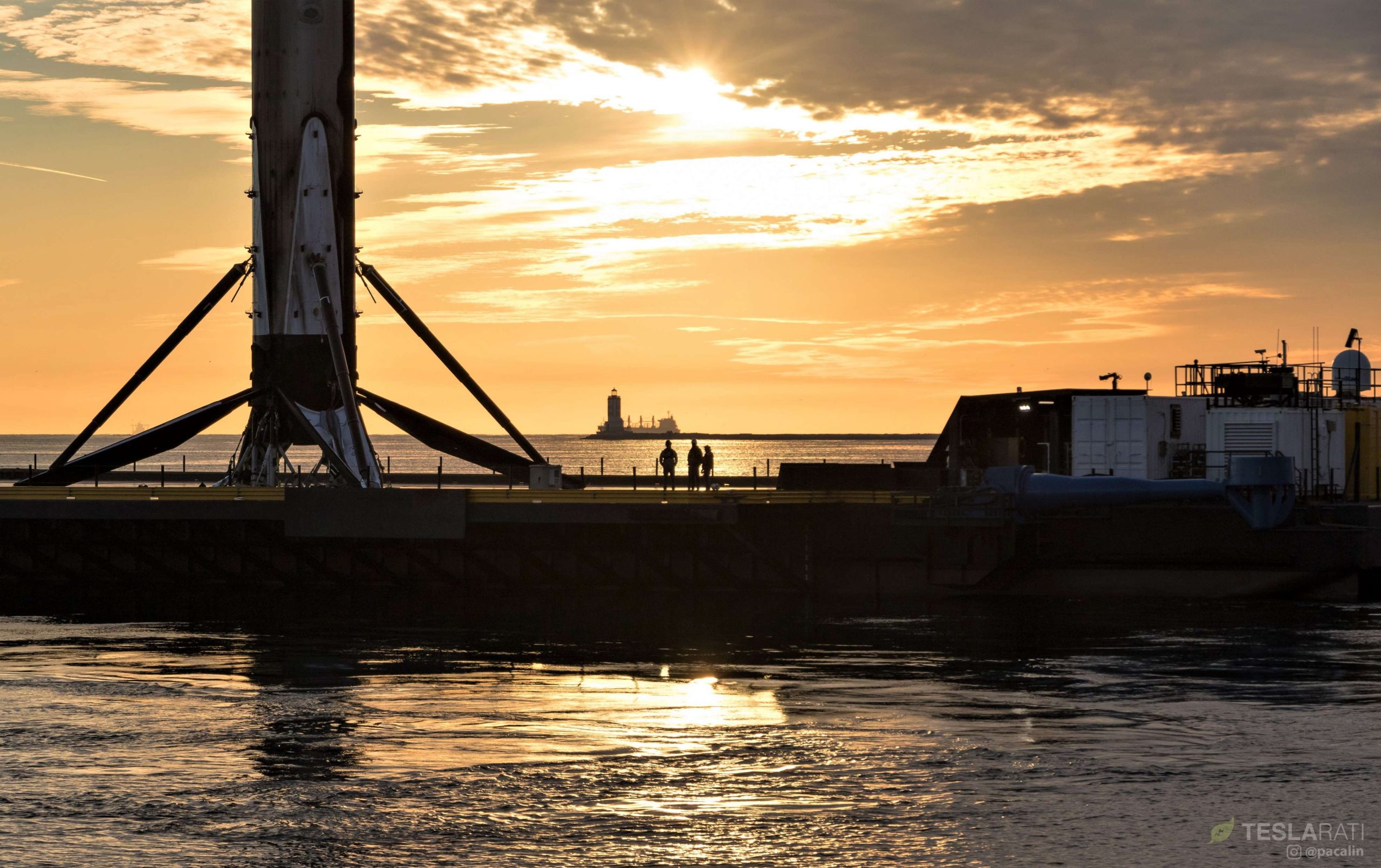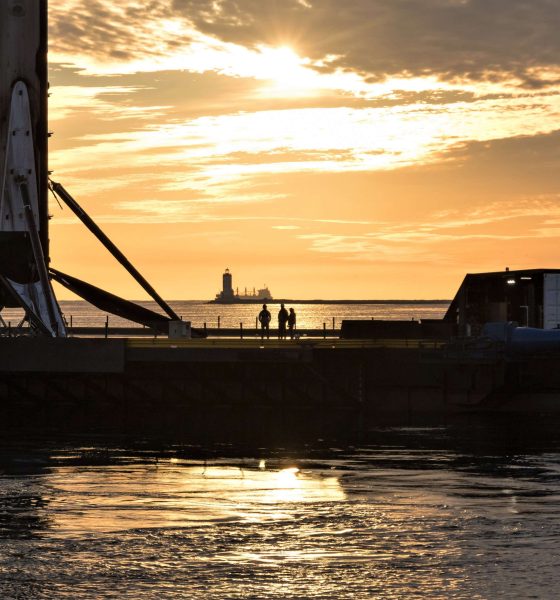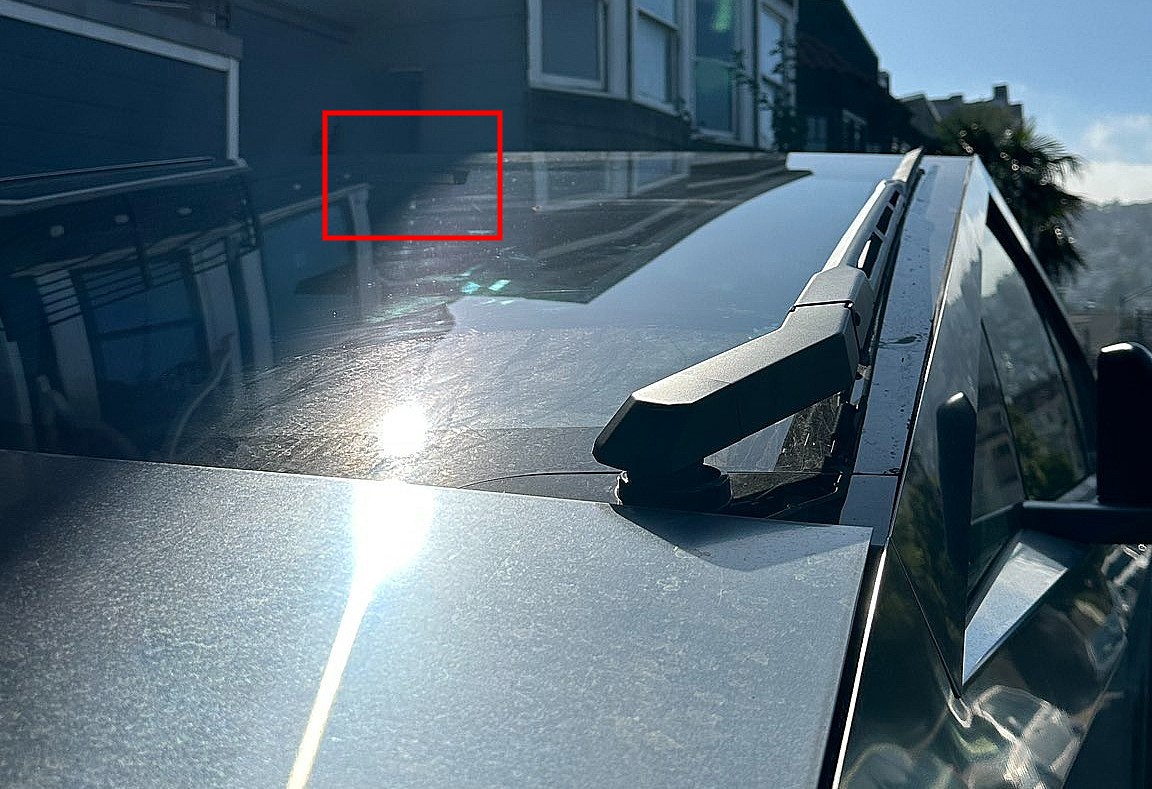

News
SpaceX closes in on West Coast Starlink launches with lease for drone ship dock space
Amid a major hiring push and calls for monthly launches, SpaceX has taken its latest step towards launching Starlink satellites from the West Coast with a lease for rocket recovery ship dock space at the Port of Long Beach.
News of the port lease broke on April 26th with a tweet from the mayor of Long Beach, California after the Port of Long Beach (POLB) Commission voted to approve SpaceX’s 24-month sublease with an effective start date of May 1st, 2021. From 2014 to 2020, a massive floating rocket launch complex and associated service ships once used by SeaLaunch called POLB’s Pier 16 home while mothballed and the company left behind a decent amount of infrastructure when it vacated the facility last year.
That includes a ~5600 square meter (~65,000 sq ft) warehouse and office space formerly used to process SeaLaunch payloads and Ukrainian Zenit rockets, as well as a pier and dock space generally optimized for loading and unloading large rockets from rocket transport ships. In other words, Pier 16 is a perfect fit for SpaceX’s needs.
The news came as a surprise because SpaceX already has a lease for several berths and dock space at Port of San Pedro, which – along with Port of Long Beach – makes up the greater Port of Los Angeles. SpaceX has used those facilities for the better part of a decade – initially to support Dragon spacecraft recoveries but later as a hub for drone ship Just Read The Instructions (JRTI) and fairing recovery ship Mr. Steven (later Ms. Tree).
SpaceX has a bit of a sordid history with port leases over the last several years after twice entering and backing out of Port of Los Angeles (San Pedro) lease agreements to build a Starship factory directly on the water in 2018 and 2020. This time around, POLB commission documents indicate that this new lease is not the third in a line of ill-fated Starship factory plans – but instead a simple relocation of existing West Coast Falcon rocket recovery operations just two miles east of their current home.
It’s unclear why exactly SpaceX is leasing much larger berth and dock space at a port in competition with its current Port of Los Angeles landlord or if Pier 16 will be an addition to – or a replacement for – its current berths to the west. At approximately $100,000 per month, Pier 16 will be substantially more expensive, ruling out cost savings, which could mean that SpaceX has reason to believe that its West Coast rocket recovery operations are going to experience a substantial uptick in activity in the near future.
Indeed, in retrospect, SpaceX’s current Port of San Pedro berths and dock space have always been fairly limited, offering just enough space for a few small tents on concrete and a drone ship and two support vessels to park end to end. Assuming SpaceX moves all operations to Pier 16 and closes out its San Pedro lease, the new facilities should offer a bit more dock space along the pier itself, as well as far more room – and an existing warehouse with offices – to process recovered Falcon boosters and fairings.
Over half a decade of operations, SpaceX recovered Falcon boosters with drone ship JRTI just seven times (of eight attempts) on the West Coast, making it clear why the company simply chose to make do with close quarters and a barebones dockside setup. Now, however, SpaceX appears to be preparing its Vandenberg Air Force Base (VAFB) launch site and associated Port of LA recovery assets for a far more ambitious period of Falcon 9 launch activity.
Other observations support that conclusion. Over the last six or so months, SpaceX has been aggressively hiring to fully outfit its VAFB SLC-4 launch pad after supporting just two West Coast launches in the last ~28 months. Most notably, hiring ‘flyers’ distributed on social media by SpaceX employees touted a target of monthly launches from the company’s West Coast pad – an unprecedented cadence over the decade SpaceX has leased it.
First reported by Spaceflight Now, SpaceX President and COO Gwynne Shotwell recently revealed that the company intends to begin dedicated polar Starlink launches from Vandenberg as early as this summer – July 2021 if taken literally. Other “industry officials” reportedly corroborated those plans.
With its hiring campaign finally starting to slow down and a new Port of Long Beach lease set to open on May 1st, the only real ‘missing link’ for SpaceX’s plans to restart regular West Coast Falcon 9 launches is the fleet of ships the company will need to recover Falcon boosters and payload fairings. To maximize efficiency, dedicated polar Starlink launches will require Falcon 9 boosters to land far downrange and will be even more challenging than the rocket’s now-routine missions to low Earth orbit (LEO), which require almost every ounce of performance the rocket can give.
SpaceX transported its second drone ship – Just Read The Instructions (JRTI) – across the Panama Canal from Port of LA to Port Canaveral, Florida in 2019, where it still operates today. To achieve SpaceX’s planned cadence of up to 48 launches in 2021, the company will almost certainly need both drone ships on the East Coast. A third drone ship – named A Shortfall Of Gravitas (ASOG) – has been in the works for years, though SpaceX CEO Elon Musk has long described the vessel as an addition to the company’s Florida fleet that would enable Falcon Heavy to land all three first-stage boosters at sea for maximum payload capacity.
For now, we’ll just have to wait and see if SpaceX intends to send that third drone ship directly to California to support an imminent series of polar Starlink launches.

News
Tesla aims to combat common Full Self-Driving problem with new patent
Tesla writes in the patent that its autonomous and semi-autonomous vehicles are heavily reliant on camera systems to navigate and interact with their environment.

Tesla is aiming to combat a common Full Self-Driving problem with a new patent.
One issue with Tesla’s vision-based approach is that sunlight glare can become a troublesome element of everyday travel. Full Self-Driving is certainly an amazing technology, but there are still things Tesla is aiming to figure out with its development.
Unfortunately, it is extremely difficult to get around this issue, and even humans need ways to combat it when they’re driving, as we commonly use sunglasses or sun visors to give us better visibility.
Cameras obviously do not have these ways to fight sunglare, but a new patent Tesla recently had published aims to fight this through a “glare shield.”
Tesla writes in the patent that its autonomous and semi-autonomous vehicles are heavily reliant on camera systems to navigate and interact with their environment.

The ability to see surroundings is crucial for accurate performance, and glare is one element of interference that has yet to be confronted.
Tesla described the patent, which will utilize “a textured surface composed of an array of micro-cones, or cone-shaped formations, which serve to scatter incident light in various directions, thereby reducing glare and improving camera vision.”

The patent was first spotted by Not a Tesla App.
The design of the micro-cones is the first element of the puzzle to fight the excess glare. The patent says they are “optimized in size, angle, and orientation to minimize Total Hemispherical Reflectance (THR) and reflection penalty, enhancing the camera’s ability to accurately interpret visual data.”
Additionally, there is an electromechanical system for dynamic orientation adjustment, which will allow the micro-cones to move based on the angle of external light sources.
This is not the only thing Tesla is mulling to resolve issues with sunlight glare, as it has also worked on two other ways to combat the problem. One thing the company has discussed is a direct photon count.
CEO Elon Musk said during the Q2 Earnings Call:
“We use an approach which is direct photon count. When you see a processed image, so the image that goes from the sort of photon counter — the silicon photon counter — that then goes through a digital signal processor or image signal processor, that’s normally what happens. And then the image that you see looks all washed out, because if you point the camera at the sun, the post-processing of the photon counting washes things out.”
Future Hardware iterations, like Hardware 5 and Hardware 6, could also integrate better solutions for the sunglare issue, such as neutral density filters or heated lenses, aiming to solve glare more effectively.
Elon Musk
Delaware Supreme Court reinstates Elon Musk’s 2018 Tesla CEO pay package
The unanimous decision criticized the prior total rescission as “improper and inequitable,” arguing that it left Musk uncompensated for six years of transformative leadership at Tesla.

The Delaware Supreme Court has overturned a lower court ruling, reinstating Elon Musk’s 2018 compensation package originally valued at $56 billion but now worth approximately $139 billion due to Tesla’s soaring stock price.
The unanimous decision criticized the prior total rescission as “improper and inequitable,” arguing that it left Musk uncompensated for six years of transformative leadership at Tesla. Musk quickly celebrated the outcome on X, stating that he felt “vindicated.” He also shared his gratitude to TSLA shareholders.
Delaware Supreme Court makes a decision
In a 49-page ruling Friday, the Delaware Supreme Court reversed Chancellor Kathaleen McCormick’s 2024 decision that voided the 2018 package over alleged board conflicts and inadequate shareholder disclosures. The high court acknowledged varying views on liability but agreed rescission was excessive, stating it “leaves Musk uncompensated for his time and efforts over a period of six years.”
The 2018 plan granted Musk options on about 304 million shares upon hitting aggressive milestones, all of which were achieved ahead of time. Shareholders overwhelmingly approved it initially in 2018 and ratified it once again in 2024 after the Delaware lower court struck it down. The case against Musk’s 2018 pay package was filed by plaintiff Richard Tornetta, who held just nine shares when the compensation plan was approved.
A hard-fought victory
As noted in a Reuters report, Tesla’s win avoids a potential $26 billion earnings hit from replacing the award at current prices. Tesla, now Texas-incorporated, had hedged with interim plans, including a November 2025 shareholder-approved package potentially worth $878 billion tied to Robotaxi and Optimus goals and other extremely aggressive operational milestones.
The saga surrounding Elon Musk’s 2018 pay package ultimately damaged Delaware’s corporate appeal, prompting a number of high-profile firms, such as Dropbox, Roblox, Trade Desk, and Coinbase, to follow Tesla’s exodus out of the state. What added more fuel to the issue was the fact that Tornetta’s legal team, following the lower court’s 2024 decision, demanded a fee request of more than $5.1 billion worth of TSLA stock, which was equal to an hourly rate of over $200,000.
Delaware Supreme Court Elon Musk 2018 Pay Package by Simon Alvarez
News
Tesla Cybercab tests are going on overdrive with production-ready units
Tesla is ramping its real-world tests of the Cybercab, with multiple sightings of the vehicle being reported across social media this week.

Tesla is ramping its real-world tests of the Cybercab, with multiple sightings of the autonomous two-seater being reported across social media this week. Based on videos of the vehicle that have been shared online, it appears that Cybercab tests are underway across multiple states.
Recent Cybercab sightings
Reports of Cybercab tests have ramped this week, with a vehicle that looked like a production-ready prototype being spotted at Apple’s Visitor Center in California. The vehicle in this sighting was interesting as it was equipped with a steering wheel. The vehicle also featured some changes to the design of its brake lights.
The Cybercab was also filmed testing at the Fremont factory’s test track, which also seemed to involve a vehicle that looked production-ready. This also seemed to be the case for a Cybercab that was spotted in Austin, Texas, which happened to be undergoing real-world tests. Overall, these sightings suggest that Cybercab testing is fully underway, and the vehicle is really moving towards production.
Production design all but finalized?
Recently, a near-production-ready Cybercab was showcased at Tesla’s Santana Row showroom in San Jose. The vehicle was equipped with frameless windows, dual windshield wipers, powered butterfly door struts, an extended front splitter, an updated lightbar, new wheel covers, and a license plate bracket. Interior updates include redesigned dash/door panels, refined seats with center cupholders, updated carpet, and what appeared to be improved legroom.
There seems to be a pretty good chance that the Cybercab’s design has been all but finalized, at least considering Elon Musk’s comments at the 2025 Annual Shareholder Meeting. During the event, Musk confirmed that the vehicle will enter production around April 2026, and its production targets will be quite ambitious.








